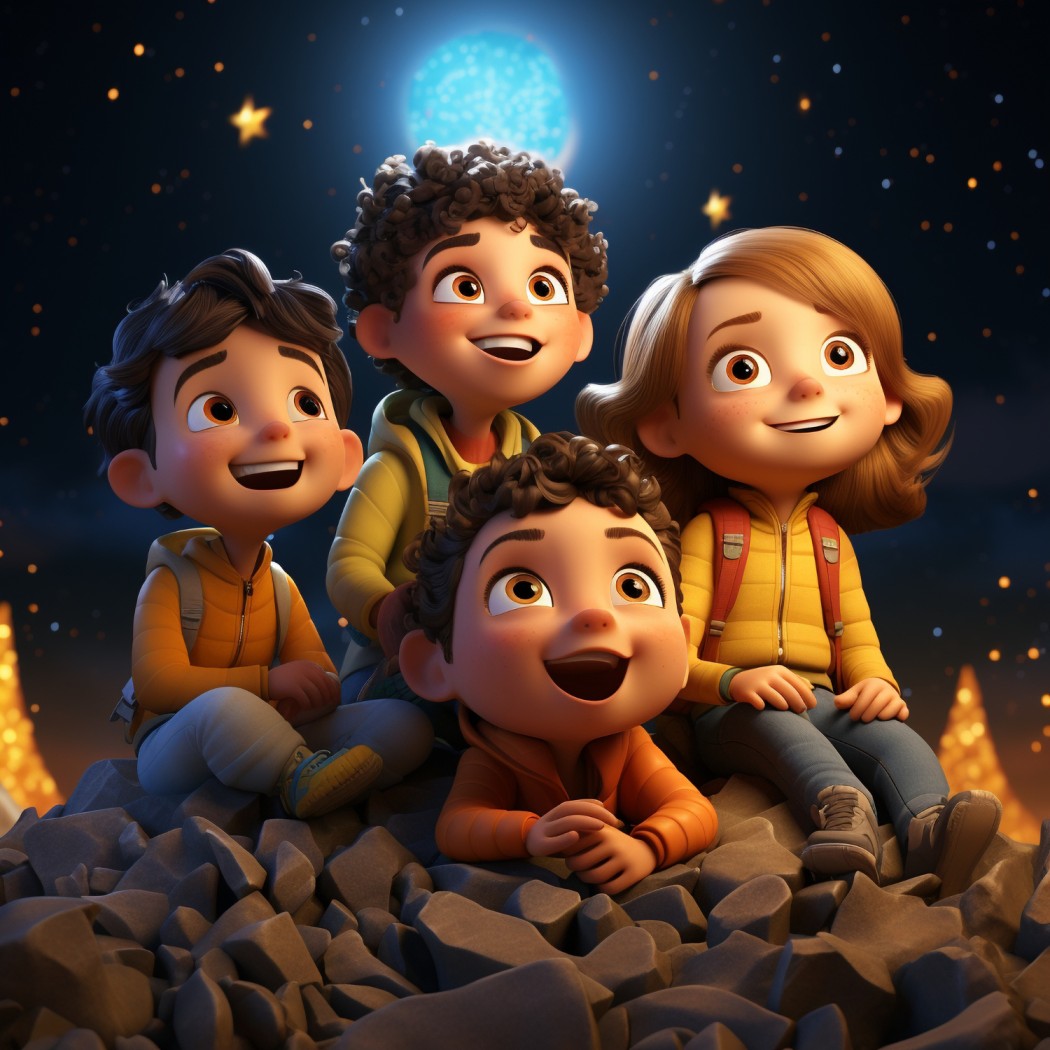A series of quickly presented images or frames is used in animation, a flexible art form, to give motionless objects or images life. Because of its remarkable capacity for generating strong feelings, communicate complex concepts, and present information in an interesting and lasting way, this artistic medium has become extremely common. Animation is now a crucial part of web design, advertising, education, and more—it’s not only for movies and cartoons.


1 thought on “Introduction to Animation Techniques”